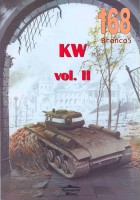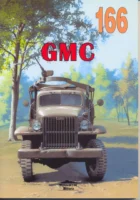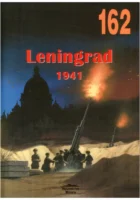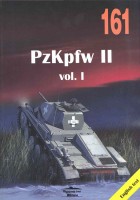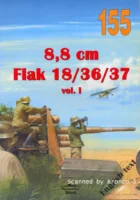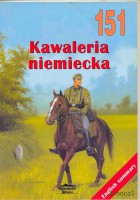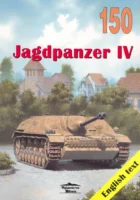Signed documentation Wydawnictwo Militaria the book "88mm - Flak 18/36/37 - Wydawnictwo Militaria 155" .
HistoryIn: The cannon of 88 mm désigne communément deux pièces d’artilleries allemande de la Seconde Guerre mondiale qui ont marqué les esprits, en particulier chez les tankistes[réf. nécessaire]. Elles équipèrent tous deux des blindés allemands dans la deuxième moitié de la guerre, dont le Tiger.
La première, le Flak18 8,8cm et ses variantes, est une pièce à vocation antiaérienne d’une grande polyvalence, notamment l’utilisation antichar. Produite en grand nombre, c’est cette pièce qui sera à l’origine de la réputation du “88”.
La seconde, le Pak43/1 8,8cm et ses variantes, apparaît en 1943 et est une pièce à vocation antichar, où elle est encore plus performante, mais n’est pas conçue pour tirer sur des avions. De fait moins polyvalente, et arrivée plus tard, elle fut bien moins produite que les pièces 8,8cm Flak.
Ces deux pièces se sont fait remarquer par leur puissance de feu, leur cadence de tir élevée, leur grande capacité de pénétration, ces qualités étant soulignés par leur précision remarquable à l’époque. Elles sont si performantes dans leur utilisation terrestre qu’elles sont souvent confondues et nommées communément “88” par leurs adversaires, alors que les Allemands les appelaient plutôt “acht acht” (huit-huit).
Source: Flak88 sur Wikipedia
